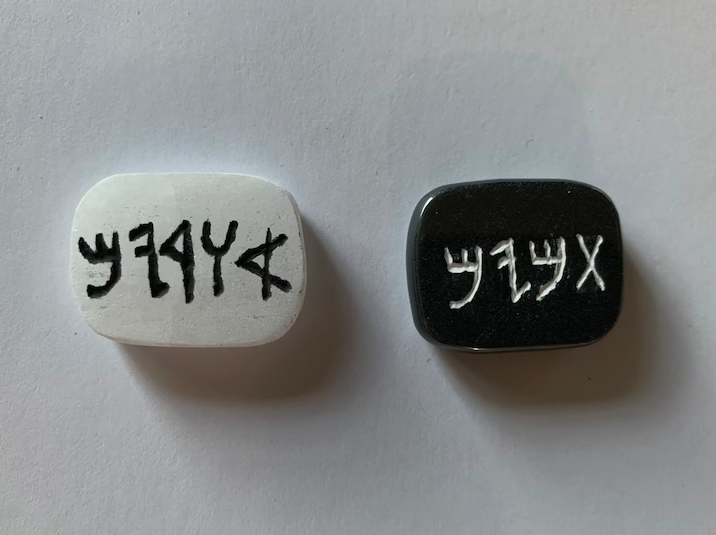Difference between revisions of "Template:Occult.live:Today's featured article"
Occultwiki (talk | contribs) |
Occultwiki (talk | contribs) |
||
| (125 intermediate revisions by the same user not shown) | |||
| Line 1: | Line 1: | ||
[[File: | [[File:Urim and Thummim.png|200px|left]] | ||
'''[[ | The '''[[Urim and Thummim]]''' are elements of the hoshen, the breastplate worn by the High Priest attached to the ephod. They are connected with [[cleromancy]] ([[divination]] by casting lots). Most scholars suspect that the phrase refers to a set of two objects used by the high priest to answer a question or reveal the will of [[Yahweh|God]]. | ||
The Urim and the Thummim first appear in the [[Bible|Biblical]] verse Exodus 28:30, where they are named for inclusion on the breastplate to be worn by Aaron in the holy place. Other books, especially 1 Samuel, describe their uses. The chronologically earliest passage in the [[Bible]] mentioning the Urim and Thummim, according to textual scholars, is in the Book of Hosea, where it is implied, by reference to the Ephod, that the Urim and Thummim were fundamental elements in [[Judaism]], in the mid 8th century BC. | |||
'''([[ | '''([[Urim and Thummim|Full Article...]])''' | ||
Latest revision as of 17:46, 29 November 2025
The Urim and Thummim are elements of the hoshen, the breastplate worn by the High Priest attached to the ephod. They are connected with cleromancy (divination by casting lots). Most scholars suspect that the phrase refers to a set of two objects used by the high priest to answer a question or reveal the will of God.
The Urim and the Thummim first appear in the Biblical verse Exodus 28:30, where they are named for inclusion on the breastplate to be worn by Aaron in the holy place. Other books, especially 1 Samuel, describe their uses. The chronologically earliest passage in the Bible mentioning the Urim and Thummim, according to textual scholars, is in the Book of Hosea, where it is implied, by reference to the Ephod, that the Urim and Thummim were fundamental elements in Judaism, in the mid 8th century BC.
